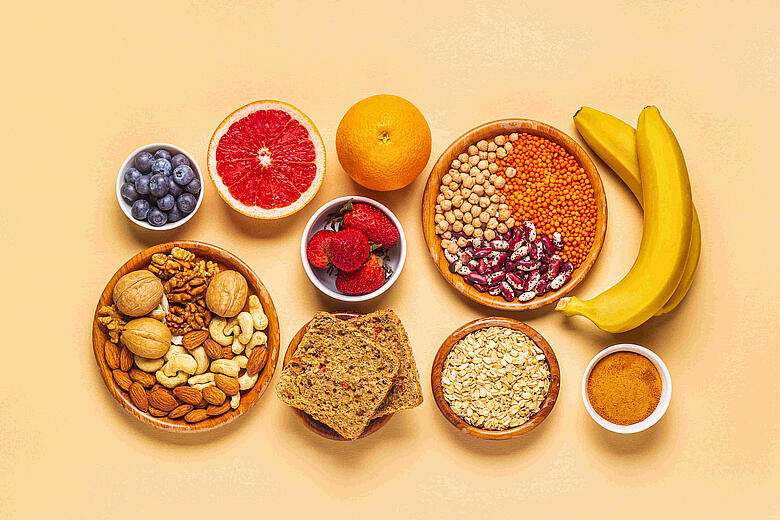Picture this you have a tough day at work; you reach for a tub of ice cream and suddenly it feels like someone is giving you a hug from the inside.
Congratulations!
Your frozen therapist is working overtime!
Then you feel the guilt…
You are not a failure. You are human. It is important to understand why it happens and how to manage comfort eating without the shame. This is the real secret recipe to staying on track with your fitness goals.
What Emotional Eating Really Is
Emotional eating is a response to feelings such as: stress, sadness, or boredom rather than hunger. It’s normal and everyone (yes even your trainers) do it to a certain extent. The tricky part? Your brain loves it! Stress releases cortisol (stress hormone), which increases cravings for high calorie foods especially foods like chocolate and ice cream (Adam & Epel, 2007). Therefore, when you eat these foods dopamine floods your brain, giving your energy levels a fleeting boost. But what is the result? A temporary fix that your brain quickly wants to repeat over and over again….. (Baumeister and Tierney,) (2011).
That’s why it is impossible to resist!!!!
Why We Feel Guilty
We are our own harshest critique, which leads to shaming ourselves. The attached shame makes us veer off course on our diet. This creates the shame cycle: you begin to feel guilty, then the guilt trigger’s stress, which fuels more cravings. (Herman & Polivy, 1980).
How to Manage Emotional Eating without the shame
1. Name The Emotion
Let’s take breath before reaching for the food. Then ask yourself: “Am I actually hungry, or am I stressed, tired, or sad?” Being aware of the why you are reaching for that ice cream is the first step in eliminating bad habits. (Baumeister and Tierney,) (2011).
2. Give Yourself Permission
The worst thing you can do is completely cut out food as it sets you up for rebound eating. Acknowledge that you ate it then move on and don’t linger on the thought. Example: “Yes, I ate the cookie but I won’t eat 1 or 2 more cookies after.”
3. Substitute Non-Food Comforts
· Got into the gym for that extra cardio or that extra weight session
· Do some journalling or mediation
· Call a friend or text your trainer
4. Keep Healthy Comfort Options
· Have fruit and veggies, Greek yogurt
· This food provides the self-soothing effect without derailing your week.
5. Plan for Emotional Triggers
Identify when you are your danger times: Is it: weekends, long workdays, or family chaos. Plan your meals in advance, meal prep, schedule treats, which will avoid emotional eating.
Conclusion
The enemy isn’t comfort food; it is the perpetuating guilt cycle. You are human and we are emotional beings. Naturally we are going to emotional eat but understanding why, is the first step toward controlling it.
Therefore, naming your emotions, giving yourself permission, you can manage cravings without shame and still enjoy life.
References (Harvard Style)
Adam, T.C. and Epel, E.S. (2007) ‘Stress, eating and the reward system’, Physiology & Behavior, 91(4), pp. 449–458. Baumeister, R.F. and Tierney, J. (2011) Willpower: Rediscovering the Greatest Human Strength. New York: Penguin Press. Herman, C.P. and Polivy, J. (1980) ‘Restrained eating’, Appetite, 1(1), pp. 49–56.

